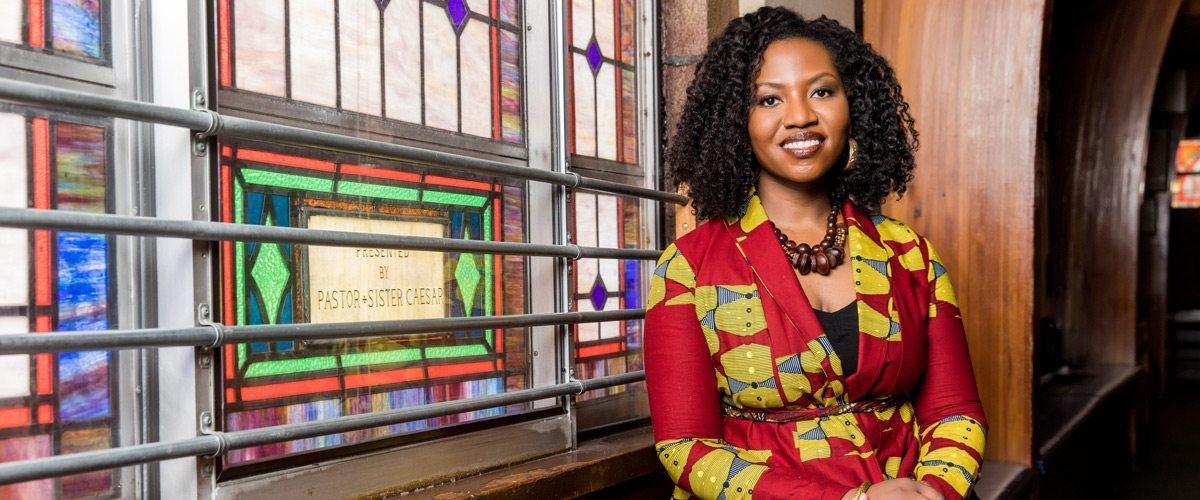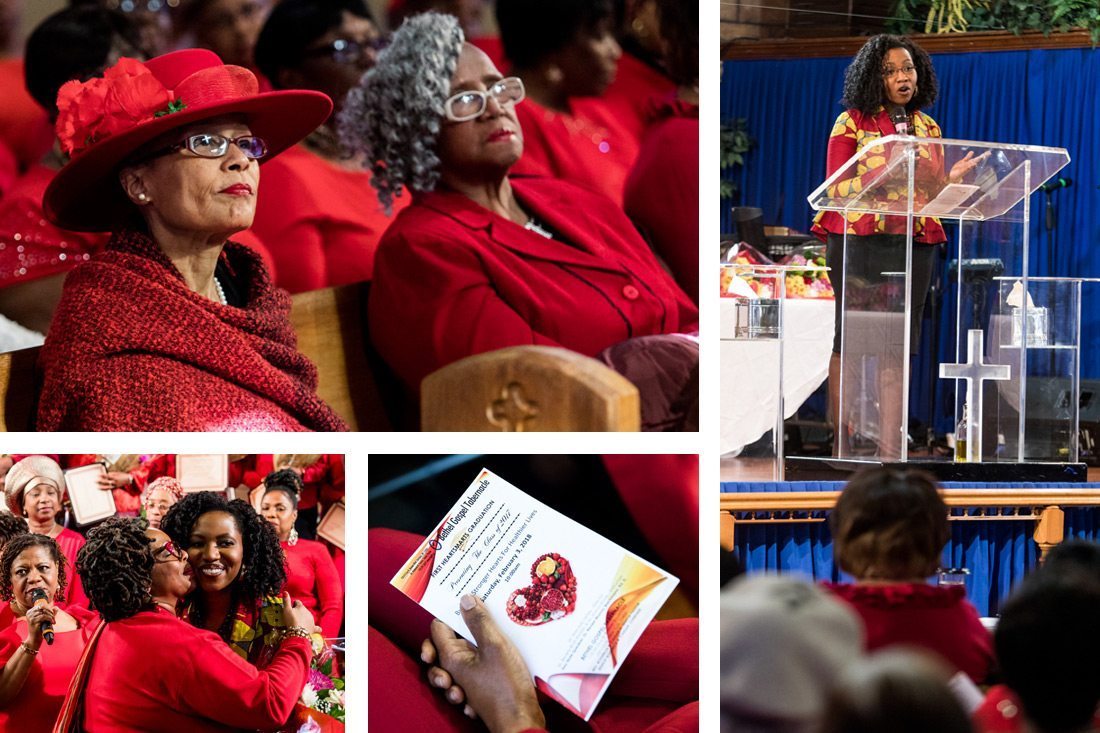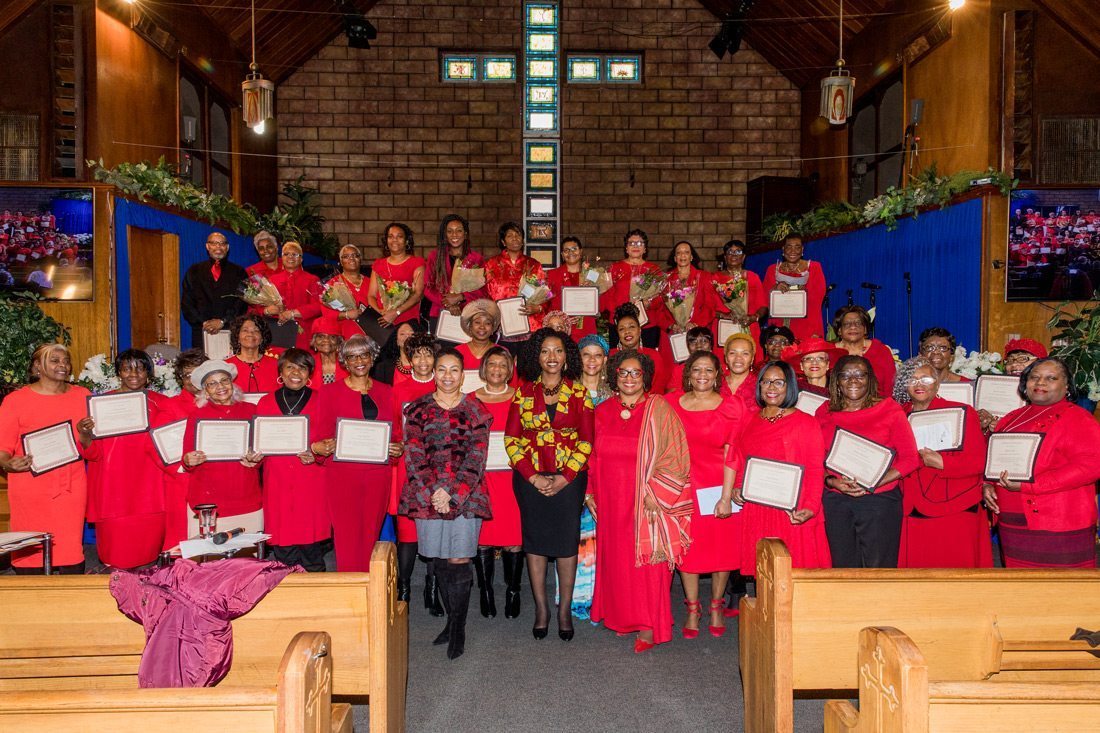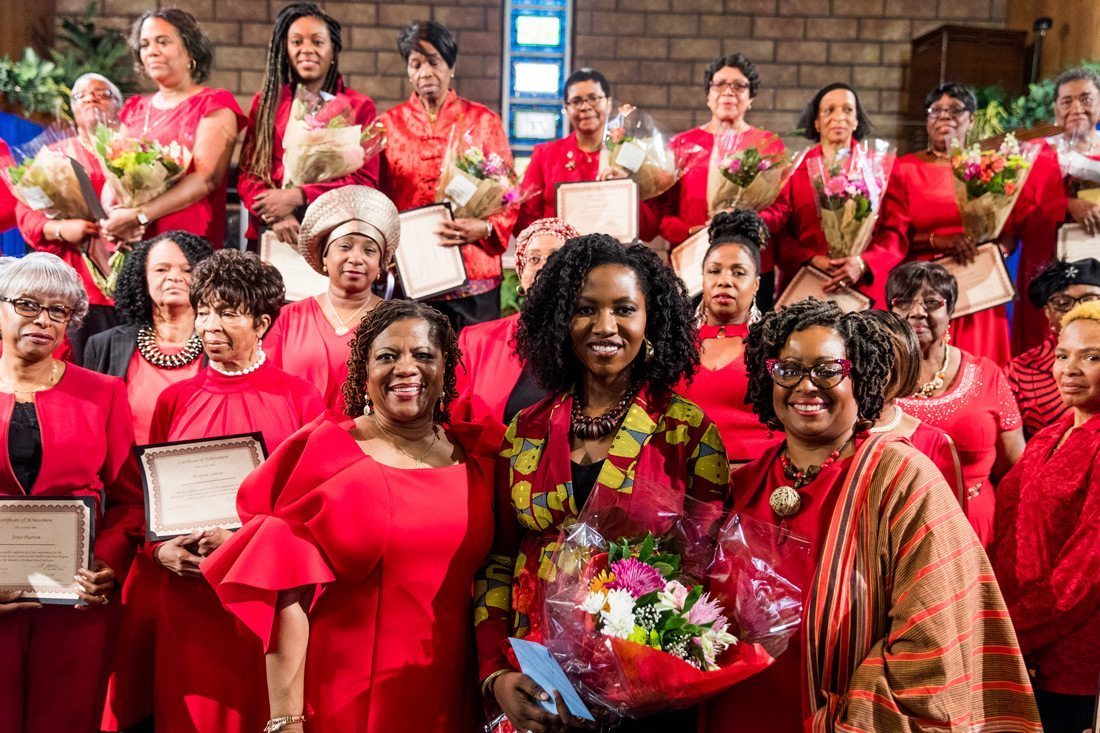Inside NYP: Dr. Naa-Solo Tettey
The coordinator of cardiovascular health education at the Ronald O. Perelman Heart Institute at NewYork-Presbyterian/Weill Cornell Medical Center on her passion for improving health outcomes in underserved communities.

My passion for teaching, my passion for public health and education is rooted in where I came from. I grew up in Roosevelt, Long Island, where I was able to witness firsthand the lack of resources and what contributes to an unhealthy lifestyle. As an educator, I want to reach communities that may have been forgotten or left by the wayside.
After completing my doctorate in health education at Columbia University, I became coordinator of cardiovascular health education at the Ronald O. Perelman Heart Institute at NewYork-Presbyterian/Weill Cornell Medical Center. It seemed like a perfect fit. I work with communities throughout the five boroughs of New York City as well as Long Island and Westchester County to educate people about heart disease and its prevention.
At the time, the heart institute had a grant for a faith-based initiative, so I developed the curriculum in 2011 for HeartSmarts, a faith-based cardiovascular education program. I researched other faith-based programs and saw a lot of health programs in churches, using curriculums that didn’t incorporate faith within it. But I wanted to make a truly faith-based program that incorporated prayer and Scripture.
Through HeartSmarts, ambassadors — or church leaders, such as reverends, pastors, priests, or wellness ministers — come to NewYork-Presbyterian for 12 weeks, three hours each week, and I educate them about heart disease and its prevention. Each week deals with a different risk factor for heart disease and incorporates a biblical Scripture for that particular week. For example, week one is “Know Your Risk for Heart Disease,” and the Scripture attached to that is “Your Body is a Temple.” It’s matching the scientific health message with the biblical Scripture that’s the foundation of the program. Once these pastors and wellness ministers are trained, they go back to their churches and community organizations to teach the same curriculum. In 2012, we had our first graduating class.
Every time I see a group of participants complete the program, it touches my heart because creating it was a work of passion for me. One ambassador, Beverly Bruin-Reddic, joined the program after she experienced a massive heart attack and nearly died. So when she came to that first class, she really connected with me and the material and with other participants. From that point on, she’s been very passionate about the program. This has become her mission, teaching these HeartSmarts classes. Beverly is an example of turning tragedy into triumph. She is the person I would say inspires me.
Many others have told us that seeing the Scripture that they use regularly in church combined with the scientific word is very powerful to them. It allows them to internalize the health message more than if the Scripture were not there. There’s research that speaks to the power of the church as a force in the community for change, and some research highlights that many people are more likely to listen to their pastor than their doctor.
Heart disease is the No. 1 killer of all Americans. But it impacts African Americans, Hispanics, and women at higher rates. Many of these communities are inundated by fast-food restaurants, alcohol outlets, a lack of places to exercise and to buy healthy food, and insufficient healthcare. I was raised in the Christian faith. I went to Catholic school for high school and went to church on weekends. But HeartSmarts stems more from my desire to work with underserved communities and improve health disparities and health outcomes for those communities because I grew up in a community like that.
We’ve seen great results. About 50 percent of participants show improvements in weight, waist circumference, and blood pressure. We see an even higher improvement in behaviors like nutrition, exercise, and managing stress. And the heart disease knowledge assessment questions, which are usually left blank at the beginning, are filled in correctly at the end. It leads to a culture shift. If they had fried chicken or fried fish after a church service, now they offer a baked option. Instead of the cakes and pies, now they will offer fruit.
We’re looking to expand the HeartSmarts program. We’re planning on translating it into Spanish and Haitian Creole. We also want to work with different faith traditions, including the Muslim tradition and interfaith organizations, to use the format we have but make it fit better with their faith tradition. And then also create a secular version that doesn’t use a faith book but instead uses other positive messages for people trying to make a change in their health. We have received requests from other states to bring the program to their churches, so we’re working on the best way to make the program available online.
Last week someone said to me, “You’ll never know how many people are being touched by this program because you just see who’s in this room. But you never know who else hears this message and whose lives have been changed.” That really encapsulates the effect of this program, that many people have improved their health behaviors and knowledge. It’s moving to see the ripple effect. I’m proud that it works.
Naa-Solo Tettey, MPH, EdD, is coordinator of cardiovascular health education and community outreach coordinator at the Ronald O. Perelman Heart Institute at NewYork-Presbyterian/Weill Cornell Medical Center and is director of its HeartSmarts program.




